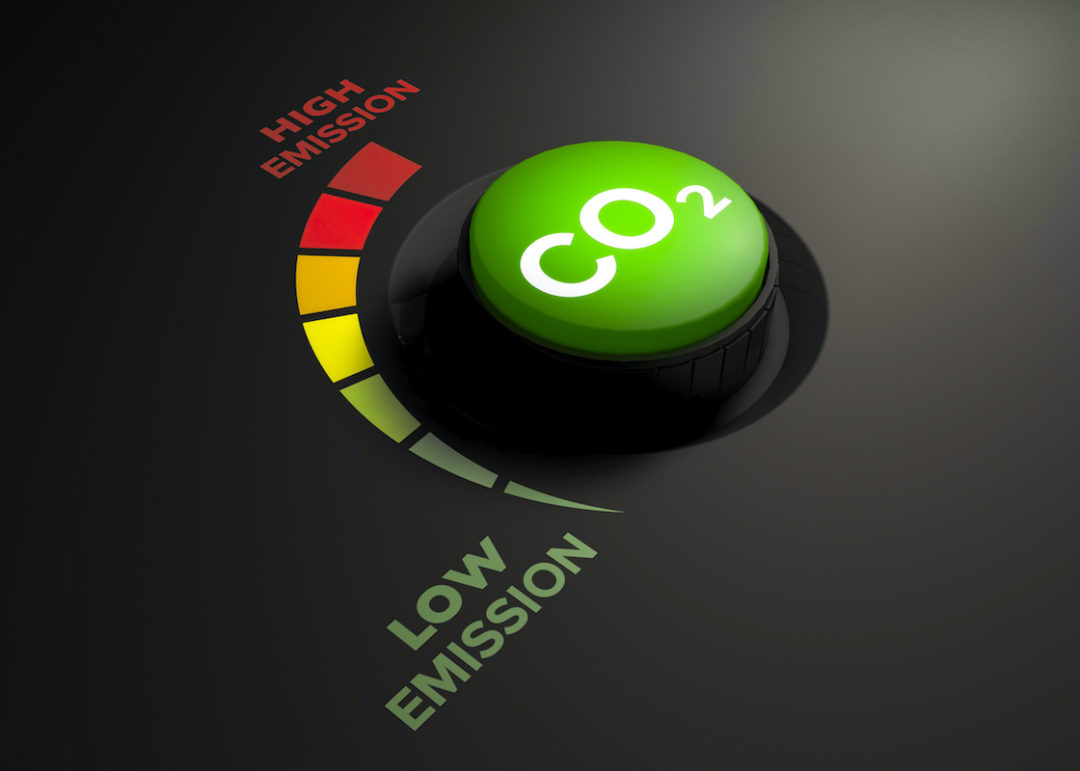
The new year is a good time to reflect on the environment and what can be done to manage climate change. The key action, reducing carbon emissions, has been adopted by major manufacturing brands, and each year their deadlines — like halving emissions by 2030 to reach net zero by 2050 — edge closer.
Manufacturing brands are nevertheless making slow progress. One challenge stalling their ability to cut carbon emissions is a lack of data, with supplier information notoriously hard to obtain. Solving this problem is a top priority.
Forcing suppliers to give up the information isn’t the solution, because they don’t intentionally hold it back. For the most part, they struggle to participate, so brands need to come up with clever ways around the data problem if they are to reach time-sensitive goals.
One approach is to draw on the lessons of another part of the organization: marketing.
Marketers can’t force their target customers to buy or do something, but they can use a combination of encouragement, appeals to logic, emotion and incentives to direct favorable outcomes. When procurement works with suppliers to hit “net-zero” emissions targets, the same principles can apply.
Procurement teams can address the supplier experience in two ways. The first is to reconfigure applicable technology in a way that considers the needs of suppliers. The other is to rethink strategies for communicating with suppliers, especially when requesting carbon information. Such a move requires orocurement to perceive suppliers differently — to consider their value and to step into their shoes.
The goal for brands is to engage suppliers in a way that includes them in the solution, so that they’ll want to contribute helpful information. It’s a behavior often seen in consumers, who get excited about buying products and services when they see value in doing so.
Following are some ways in which procurement teams can adopt the precepts of marketing to encourage suppliers to support net-zero efforts.
Match expectations. At the start of a new business relationship, suppliers are incentivized to comply with any requests. They care about getting the first purchase order, delivering the first service or product, and being paid. As the cycle is repeated, they’re happy to keep transacting with the customer.
The way in which brands need to work, however, is more complex, because transacting is only part of the equation. They also need to receive a continuous flow of information to manage their carbon footprint, while complying with requirements for quality, performance, taxation and more. Further, brands need to be efficient and automated, which requires new technology that suppliers can.
For suppliers who simply want to deliver and be paid, this is added pressure. The extra work they must do to respond to information requests and figure out complex tech and changing processes isn’t limited to one brand. Often, it’s across the board. It can cause what is sometimes called “initiative fatigue.”
What brands with net-zero goals need is for suppliers to want to adopt their technology, and to want to respond helpfully to calls for carbon information.
Relinquish the power struggle. Brands need suppliers to send — voluntarily or otherwise — detailed carbon information, ideally via existing digital tools, and to do so over and above what suppliers would consider “business as usual.”
The question is why more brands don’t make this process easier for suppliers. They’re missing a trick. Brands need to flip the way they work with suppliers on its head. If they stop bombarding suppliers with information requests and leaving digital stumbling blocks in their way, they’ll get more from suppliers in the end. The opportunity, then, is for brands to encourage suppliers to do what they need.
Give information first. Just as customers have a choice, so do suppliers. Brands can’t require an audience to buy what they’re selling any more than they can require suppliers to cough up information. The more that brands need suppliers to give them information, the more agency suppliers have. They get to exercise choice through their behavior.
It's this choice that is absolutely central. Brands that want suppliers to engage differently in net-zero efforts need to change how they relate to them. Piling on the pressure simply overwhelms suppliers, and takes them further away from their “steady state” of transacting. But brands can remove the noise, by making their requests easier to receive, understand and act upon.
Futureproof the relationship. Procurement teams have the opportunity to engage suppliers in better ways. Marketing shows the route to receiving value from suppliers, such as convincing them to complete compliance questionnaires and forecasts, participate in quality programs, and work with existing technology to achieve mutual carbon footprint goals.
It's futile trying to force suppliers into net-zero activity. Instead, brands can “market” to them.
Anthony Payne is chief marketing officer for HICX.







